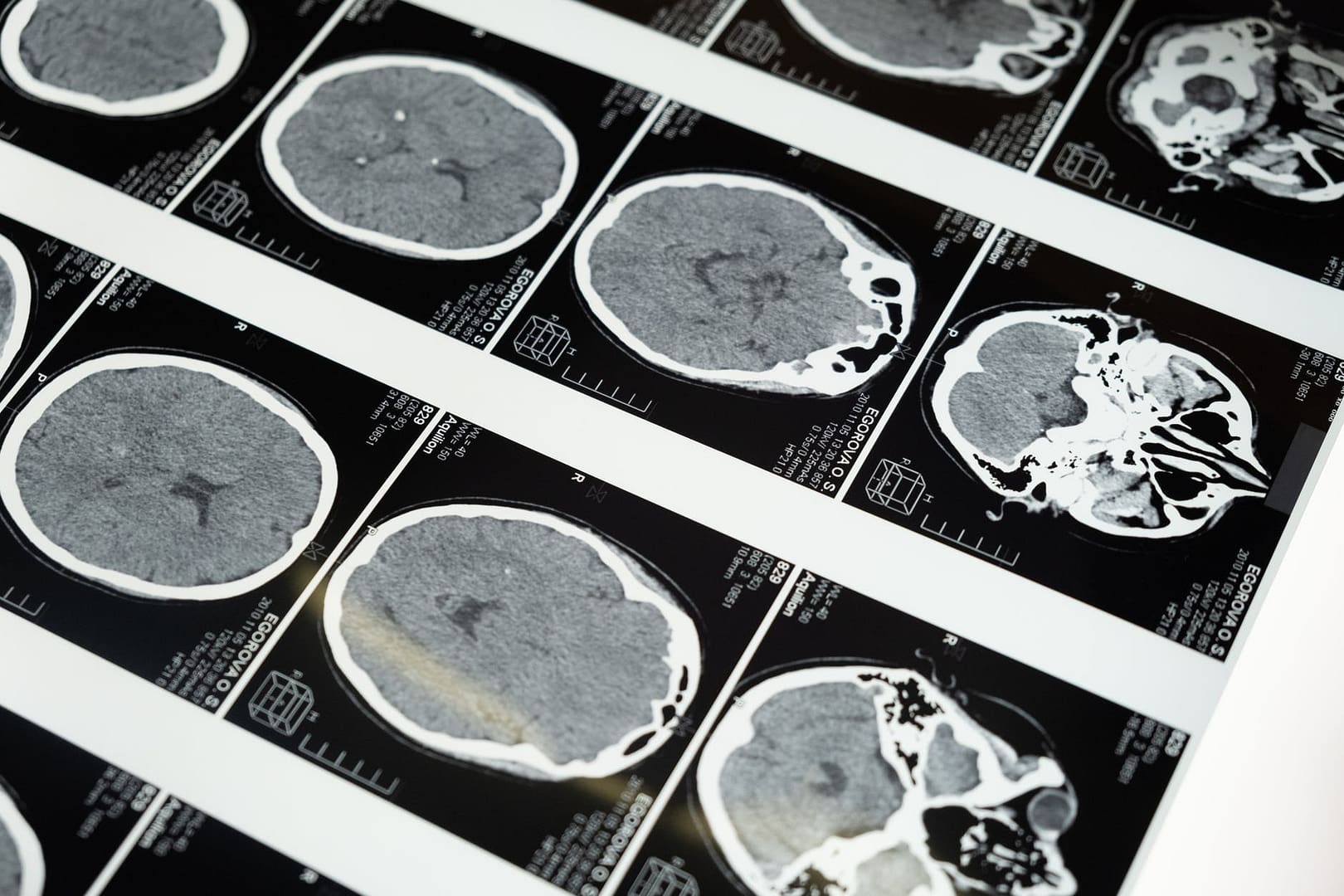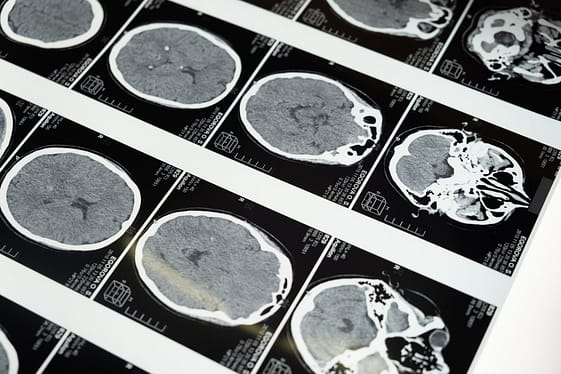
Multiple Sclerosis: Everything You Should Know about it
What is Multiple Sclerosis?

Multiple Sclerosis (MS) an autoimmune disease that involves an abnormal response of the body’s immune system against the central nervous system (CNS). In this particular scenario immunity is working against the body’s own cells. The immune system causes inflammation, damaging myelin — the fatty substance that surrounds and insulates the nerve fibres and the nerve fibres themselves and the specialized cells that make myelin. When myelin or nerve fibres are damaged in MS, message transmission within the CNS are altered or stopped altogether. Damage to areas of the CNS produces various neurological symptoms that will vary among people with MS in type and severity.
What are the causes of Multiple Sclerosis?
The cause of MS is not precisely known, although researches are going on. Scientists believe a combination of factors triggers MS.
Immunologic Factors
In this type, an abnormal immune response causes inflammation and damage in the CNS involving Two important immune cells, T cells and B cells.
- T cells activated in the lymph system and enter the CNS through blood vessels and release chemicals causing inflammation and damage. This results in damage to myelin, nerve fibres and the cells that make myelin. T cells help activate B cells and other immune system cells to participate in the immune attack. B cells produce antibodies and stimulate other proteins, which cause damage in the CNS.
- T regulatory cells, a type of T cell that works to stop inflammation, do not function correctly and do not effectively stop inflammation.
- Cytotoxic or “killer” T cells attack and destroy cells bearing specific characteristics.
Environmental Factors
There is no single risk factor, but a combination of environmental factors are believed to contribute to the overall risk to provoke multiple sclerosis.
Geographic gradient
MS is known to occur frequently in areas away from the equator. Epidemiologists look at variations in geography, demographics, genetics, infectious causes and migration patterns to understand why.
Vitamin D
Growing evidence suggests that vitamin D plays a role in the development of MS. Low vitamin D levels in the blood have been identified in research as a risk factor for MS development.
Smoking
The evidence is also growing that smoking increases the risk of developing MS and more rapid disease progression. Fortunately, the evidence supports that stopping smoking — whether before or after the onset of MS decreases the progression of disability.
Obesity
A few examinations have shown that weight in youth and puberty, especially in young women, expanded the danger of later creating MS. Different investigations have demonstrated that corpulence in early adulthood may add to an expanded danger of creating MS.
Infectious Microorganisms
Many viruses and bacteria — including measles, canine distemper, human herpes virus-6, Epstein-Barr virus (EBV), and Chlamydia pneumonia are being investigated to establish if they are involved in the development of MS.
Genetic Factors
MS is not an inherited disease. However, there is a genetic risk that may be inherited. The risk of developing MS also increased when a first-degree relative (parents, siblings and children) have MS.
Others
Many theories have been suggested possible causes of MS, but many do not have enough evidence to support them as a cause of MS. Some of these theories are:
- Environmental allergies
- Exposure to household pets
- Exposure to heavy metals including mercury, amalgam, lead or manganese.
- Organic (chemical) solvents
Who gets Multiple Sclerosis?
While multiple Sclerosis is neither contagious nor directly inherited, epidemiologists have identified factors in MS distribution. These factors include gender, genetics, age, geography and ethnic background.
Geography: In general, MS is more common in areas farthest from the equator. However, prevalence rates may differ among groups living in the same geographic area regardless of distance from the equator.
Age: Most people between the ages of 20 and 50 are usually diagnosed. MS can occur in young children and older adults.
Gender: The recent prevalence study regarding MS shows that it is three times more common in women when compared to men, suggesting that specific hormones may also play a significant role in determining MS’s susceptibility.
Ethnic Background: Research has demonstrated that MS occurs the most in ethnic groups, including African Americans, Asians and Hispanics/Latinos, but is most common amongst Caucasians of northern European ancestry.
What are the symptoms of Multiple Sclerosis?
People with MS experience a variety of symptoms and can vary from person to person.
- Difficulty walking
- fatigue
- numbness in the legs or feet
- difficulty in balancing the body
- muscle weakness
- muscle spasticity
- difficulty with vision
- acute or chronic pain
- tremor
- cognitive disability (concentration, memory, and word-finding difficulty)
- speech disorders
What are the types of MS?
There are four types of MS.
Clinically Isolated Syndrome (CIS)
CIS is the first episode of neurologic symptoms caused by inflammation and demyelination of the central nervous system lasts for at least 24 hours and is characteristic of Multiple Sclerosis.
When lesions accompany CIS on a brain MRI (magnetic resonance imaging)similar to those seen in MS, it has a high likelihood of the second episode of neurologic symptoms and diagnosis of relapsing-remitting MS, when MS-like lesions do not accompany CIS on a brain MRI, a much lower chance of developing MS.
Relapsing-remitting MS (RRMS)
RRMS – the most common disease course is characterized by attacks of new relapses or exacerbations, followed by partial or complete recovery (remissions). During remissions, all symptoms may disappear, or some signs may continue and become permanent.
Approximately 85 per cent of people with MS are initially diagnosed with RRMS.
Secondary progressive MS (SPMS)
Secondary progressive MS (SPMS) occurs when RRMS transitions into the advanced form. You may still have noticeable relapses in addition to a disability or gradual worsening of function.
Primary progressive MS (PPMS)
PPMS is characterized by worsening of neurologic function (accumulation of disability) from the onset of symptoms without early relapses or remissions. PPMS can be further described as either active or not active and with progression or without progression.
Is Multiple Sclerosis contagious or inherited?
MS is not contagious or directly inherited. Studies indicate that genetic factors and certain environmental factors may make specific individuals more susceptible to the disease.
How is Multiple Sclerosis diagnosed?
if you have MS, various clinical examination and Diagnostic testing may include the following:
- Magnetic resonance imaging (MRI) scan. Using a contrast dye with the MRI to detect active and inactive lesions throughout the brain and spinal cord.
- Optical coherence tomography (OCT). OCT takes a picture of the nerve layers in the back of the eye and can assess thinning of the optic nerve.
- Spinal tap (lumbar puncture). a spinal tap to find abnormalities in the spinal fluid to help rule out infectious diseases and can also be used to look for oligoclonal bands (OCBs)
- Blood tests. To help differentiate other conditions with similar symptoms.
- Visual evoked potentials (VEP) test. Stimulation of nerve pathways to analyze electrical activity in the brain.
An MS diagnosis requires evidence of demyelination occurring at different times in more than one area of the brain, spinal cord, or optic nerves to rule out other conditions that have similar symptoms
How is Multiple Sclerosis treated?
No cure is available for MS t present, but multiple treatment options exist. Disease-modifying therapies (DMTs) are designed to slow disease progression and lower your relapse rate. The doctor can prescribe corticosteroids, such as methylprednisolone, to treat relapses. Other treatments may also ease the symptoms and improve the quality of life. Because MS is different for everyone, treatment depends on the specific symptoms.
What is the Life expectancy for individuals with MS?
Life expectancy for individuals with MS is about 7.5 years, more limited than anticipated. The positive news is, life expectancy in those with MS is expanding. It isn’t easy to foresee how MS will advance in any one individual. With the advancement of disease-modifying treatments (DMTs), considers to show promising outcomes that the disease symptoms can be eased back.
The quality of life with MS will rely upon your manifestations and how well you react to treatment. This infrequently lethal yet flighty sickness can change course all of a sudden. The vast majority with MS don’t turn out to be seriously handicapped and keep on having full existences.
How to live with Multiple Sclerosis?
Most people with MS find ways to manage or ease their symptoms and function well.
- Regular exercise is inevitable for physical and mental health, even if having disabilities.
- A balanced diet, low in calories and high in nutrients and fibre, will help you manage your overall health.
- Studies prove the following therapies may help the patient feel less stressed and more relaxed:
- meditation
- massage
- acupuncture
- hypnotherapy
- music therapy
What are the complications of Multiple Sclerosis?
The lesions can appear anywhere in the CNS and affect any part of the body. Mobility issues may lead to a lack of physical activity, which can cause other health problems. Fatigue and mobility issues also affect sexual function.
Sources:
https://www.mayoclinic.org/diseases-conditions/multiple-sclerosis/diagnosis-treatment/drc-20350274
https://www.nationalmssociety.org/What-is-MS
https://www.healthline.com/health/multiple-sclerosis





